Do Solar Pathway Lights Really Boost Outdoor Safety at Night?
When the sun dips below the horizon, navigating your yard or driveway can turn into a guessing game. Tripping over a stray hose or missing a step isn’t just annoying—it’s risky. Solar pathway lights promise to fix this, but are they just pretty glows or legit safety tools? For homeowners eyeing these eco-friendly options, the question isn’t just about aesthetics; it’s whether they deliver enough light to make a real difference. Spoiler: when chosen wisely, these lights aren’t just decor—they’re game-changers for nighttime safety. Let’s break down how they work, what they do best, and what to watch for to ensure they’re more than just lawn candy.
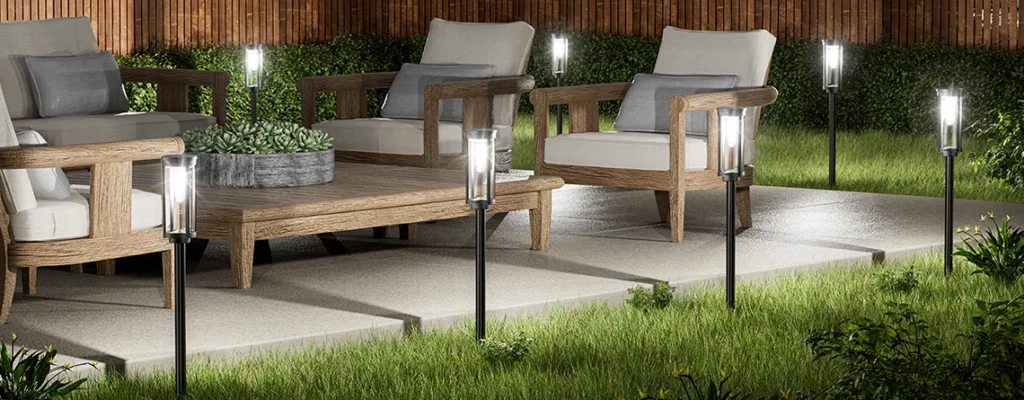
How Bright Are They Really?
The biggest worry about solar pathway lights is whether they’re bright enough to actually guide your steps. Unlike wired setups that blast out light, solar lights rely on stored sunlight, so their output—measured in lumens—matters. Most decent models range from 10 to 100 lumens per light, with budget options often closer to 10 and premium ones hitting 50-100. For context, a 10-lumen light feels like a soft candle glow, fine for ambiance but not for spotting that sneaky tree root. Higher-end models, like those with 50+ lumens, cast a clear, focused beam, illuminating a 3-5 foot radius—enough to light a path without dazzling neighbors.
Brightness depends on the setup:
- Single vs. Multi-LED: More LEDs often mean wider coverage, but check lumen ratings, not just LED count.
- Warm vs. Cool Light: 3000K warm white feels cozy but may diffuse; 6000K cool white cuts through fog better.
- Adjustable Modes: Some lights offer dim-to-bright settings, letting you tweak for safety vs. battery life.
Real-world example? A pack of 8 lights at 30 lumens each can turn a dark walkway into a safe, welcoming path, as users on gardening forums often rave about after swapping out dimmer models.
Safety Wins: More Than Just a Glow
Solar pathway lights do more than light up your lawn—they tackle real safety concerns head-on. Their biggest wins come down to three key areas, making them a practical choice for any outdoor space:
- Cutting Tripping Risks: Uneven stones, garden edges, or toys left out become hazards in the dark. A well-placed string of lights at 20-50 lumens highlights these obstacles, preventing twisted ankles. One user shared how their elderly parent stopped stumbling on porch steps after adding 40-lumen stakes.
- Guiding Guests Safely: Whether it’s a late-night BBQ or a delivery driver, low-profile lights steer visitors along paths without guesswork. Models with auto-on sensors kick in at dusk, ensuring no one’s left squinting to find the front door.
- Deterring Unwanted Visitors: A lit yard signals someone’s paying attention. Even modest 15-lumen lights create a “lived-in” vibe, discouraging prowlers. Studies suggest well-lit exteriors can reduce break-in attempts by up to 20%.
These benefits aren’t theoretical—homeowners on platforms like Reddit report fewer close calls and more peace of mind after installing solar pathway lights. The trick? Spacing them 6-8 feet apart for consistent coverage without dark gaps.
What Makes or Breaks Performance?
Not all solar pathway lights are created equal, and their safety impact hinges on a few critical factors. Picking the right ones means understanding what drives performance:
- Lumen Rating: As mentioned, 10 lumens is decorative; 30-50 is functional for safety. For high-traffic paths, aim for 50+ lumens to ensure clear visibility.
- Battery Capacity: Measured in mAh (milliampere-hours), this determines how long lights stay on. A 600mAh battery might last 6 hours, while 1800mAh can push 12-14 hours—crucial for long winter nights.
- Solar Panel Size and Type: Larger monocrystalline panels (1-2W) charge faster and perform better in low sun, unlike smaller polycrystalline ones that struggle on cloudy days.
- Weather Resistance: Look for IP65 or IP67 ratings to handle rain, snow, or sprinklers. Weak seals mean flickering or dead lights after a storm.
For example, a 2024 review of top models highlighted brands like Bitpott, whose 1800mAh batteries and 50-lumen output kept paths lit through rainy Pacific Northwest winters. Skimp on any of these, and you’re left with dim, unreliable glows that fail when safety matters most.
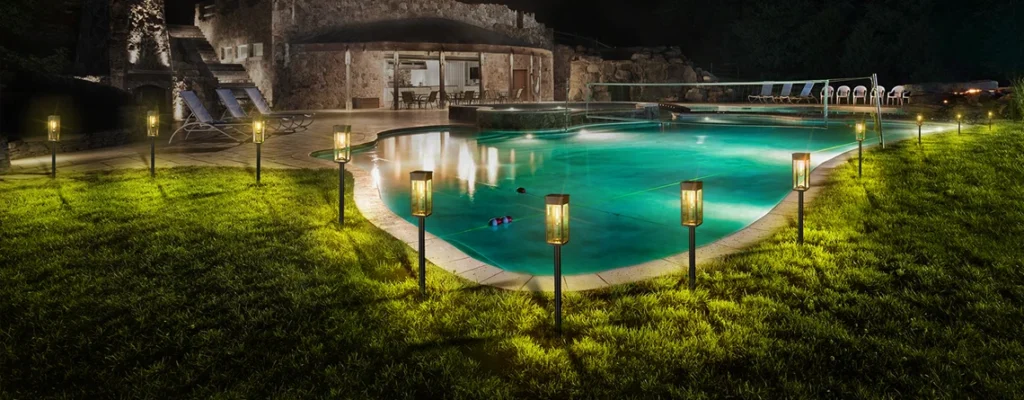
Pairing with Other Solar Solutions
Sometimes, pathway lights alone don’t cut it for total outdoor safety. Combining them with other solar lighting amps up both function and vibe. Here’s when and how to mix it up:
- Spotlights for Key Areas: Path lights guide steps, but a 100-200 lumen solar spotlight can flood a driveway or staircase, perfect for high-risk zones. Mount them on walls or stakes for flexibility.
- Wall Lights for Entrances: Pair pathway lights with solar wall sconces near doors. Their upward beams complement ground-level stakes, ensuring no corner stays dark.
- Motion Sensors for Extra Security: Some pathway lights include motion detection, but adding a standalone solar motion floodlight (300+ lumens) can blast light when someone approaches, doubling as a deterrent.
- String Lights for Ambiance + Safety: Drape solar string lights over fences or pergolas to add soft overhead glow, creating depth alongside path markers.
A homeowner in a rural area shared how combining 30-lumen path lights with a 150-lumen spotlight made their long driveway feel like a runway—safe and stunning. The key is balance: don’t overdo it with clashing brightness, but layer strategically for seamless coverage.
Choosing Wisely: Brightness Is Everything
Solar pathway lights aren’t just about making your yard Instagram-worthy—they’re legit safety tools when done right. They cut tripping hazards, guide guests, and keep intruders at bay, all while sipping sunlight instead of grid power. But the catch? Brightness is non-negotiable. A 10-lumen light might look cute, but it won’t stop you from face-planting over a garden gnome. Go for 30-50 lumens for solid safety, and check battery and panel specs to avoid duds that fade by midnight.
Beyond safety, these lights add charm without the hassle of wiring or bills. Pair them with spotlights or wall units for tougher setups, and you’ve got a yard that’s both secure and inviting. In a world where eco-friendly choices often feel out of reach, solar pathway lights are a small, affordable step toward smarter living. Pick the right ones, and you’re not just lighting a path—you’re setting the stage for safer, brighter nights.

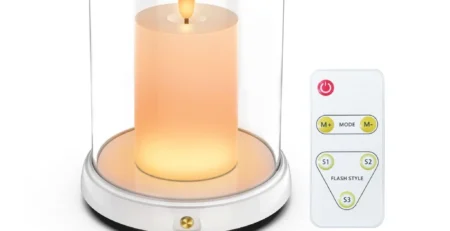
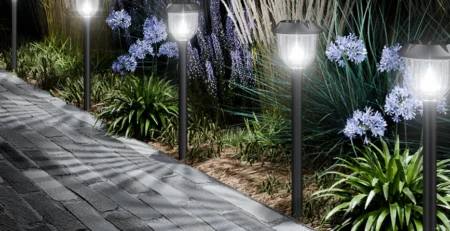

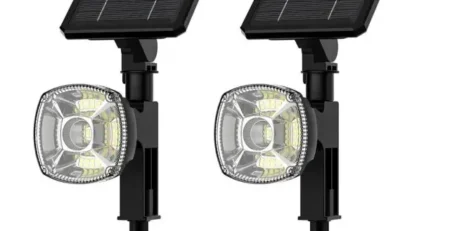

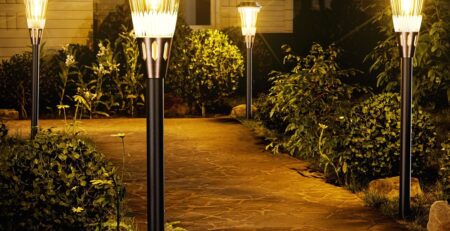
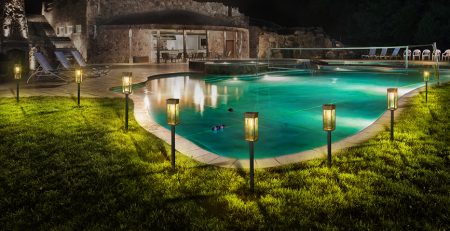

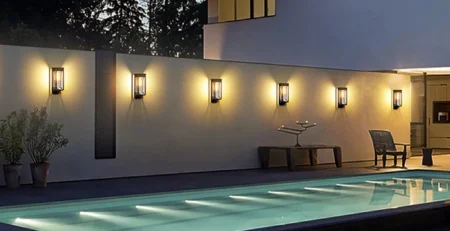

Leave a Reply